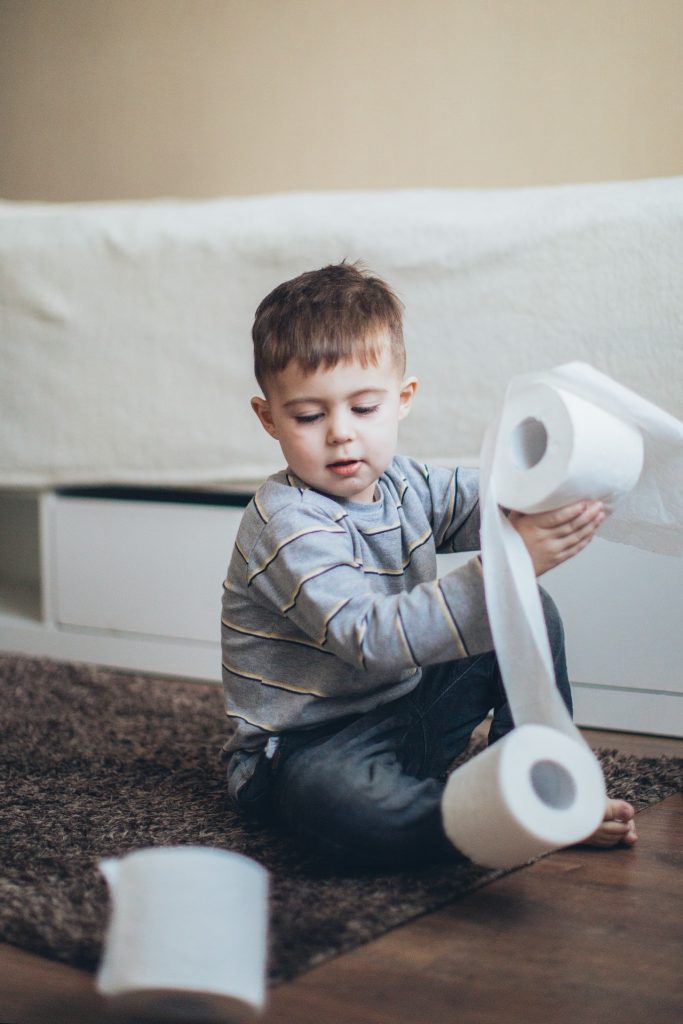Potty training can be a stressful developmental milestone, but if it’s causing an overwhelming amount of tension or seems more difficult than you expected, pelvic floor therapy may help.

Let’s start by discussing the 4 main functions of the pediatric pelvic floor:
1. Support
The pelvic floor is a group of muscles and tissues that form a sling from the pubic bone to the tailbone. Collectively it works to support our organs and abdominal muscles against the weight of gravity and increases in abdominal pressure.
2. Sphincteric
The muscles wrap around and control the openings of our bladder and rectum. When there’s an increase in abdominal pressure, like during a cough or sneeze or laugh, these muscles contract around the anus and urethra to prevent muscle spasms accidental leakages.

3. Stability
The muscles attach to the bones of the pelvis and are part of our “core.” It provides assistance to hip and back muscles to help control movements of the trunk and extremities. Pelvic muscles are extremely important to strengthen during physical therapy, as they affect movements such as bending, sitting, pushing, and emptying bowels.
4. Sump-pump
The muscles help pump blood and lymphatic fluid back up towards the heart to prevent swelling and pelvic congestion. A Physical therapist can help address pelvic pain and incontinence issues through specific exercises that target the lymphatic system and pelvic floor rehabilitation.

Ruling out Other Causes
By the age of 4, 90% of children have gained control over their bowel and bladder and have very few accidents. For the remaining 10%, continued leakages may be a sign of pelvic floor dysfunction. Consult with your pediatrician first to rule out any medical issues such as fecal incontinence, diastasis recti, pelvic organ prolapse, and connective tissue dysfunction, but some signs that your child may have pelvic floor dysfunction include:
- Bedwetting
- Urinary incontinence
- Fecal incontinence
- Chronic constipation
- Chronic diarrhea
- Overactive bladder
- Urinary or fecal urgency/increased frequency
- Stress incontinence
- Painful urination or defecation
- Abdominal bloating and/or pain
- Other pelvic floor conditions
Virtual Assistance
Pelvic floor therapy may help address some of these issues. Our patient program is offered virtually and is completely non-invasive. It uses a holistic approach, assessing your child’s medical history, developmental milestones, sleeping habits, eating habits, toileting behaviors, symptoms, and family goals. A skilled pelvic floor therapist can successfully help caregivers and their children feel more confident and experience life more fully through pelvic floor muscle training.
A Treatment Preview
Our pelvic floor health specialist will virtually assess your child’s strength, range of motion, muscle flexibility, posture, breathing patterns, movement patterns, and core stability in order to customize a unique plan of care that will fit your child best. Weekly pelvic physical therapy treatments may include activities that focus on breathing, sensory, positioning, and strengthening/lengthening techniques. If you’d like to learn more about our pelvic floor therapy program or have questions about how it may help your child, schedule a free consultation with our specialist!

